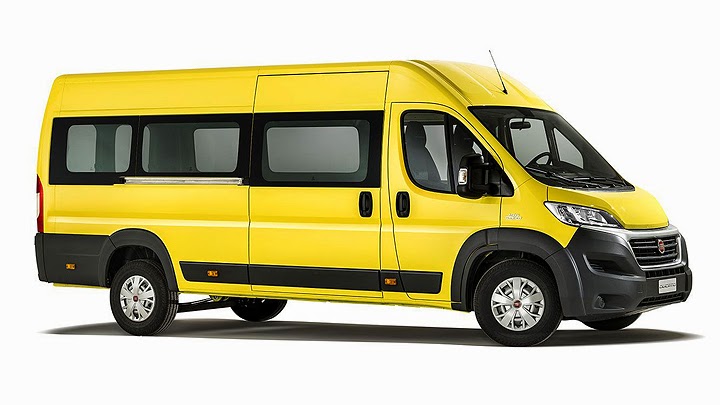
Until some years ago, if you asked someone who works with commercial vehicles, whether those who produce, sell or use them, to list the positive aspects of a given model, there would be a long wait until the money-related arguments were over. And then another load of items, of almost any other kind, until you’d listen anything about styling. After all, people used to see these cars as nothing but transportation tools from A to B. Things started to change when some companies decided to put the other piece together just to see how would it turn out: on one side, the fact of these cars being absolutely necessary in today’s world. On the other, the other fact that people will always prefer to buy something beautiful. So why shouldn’t commercial vehicles look nice, too?
In nowadays, there are many companies whose operations are heavily based on their image, so using old and ugly delivery vans would be a contradiction. Executive transporting tries to be as pleasant as possible for its users, so you can’t get restricted to comfy seats and large legroom. And the examples could go on. The refreshed Ducato gets interesting because it proves that Fiat is still able to design without having 500 in mind. There isn’t anything innovative in this van’s front fascia (sides and rear weren’t touched), but this is excellent here because the result looks balanced. The section is still impressively protuberant, but the Italians managed to make it look imponent. Adding sleeker headlights and a bumper whose colors change with the trim level just makes everything better.










Speaking of trim levels actually sums up the biggest changes brought to the cabin. The European van will be sold in Classic, Tecno and Lounge trims, all of them equipped with revised color schemes, better-quality materials, 5” touchscreen, Bluetooth connectivity, a clipboard which goes above the air vents and holds smartphones and tablets, stability control and even lane-departure assistance. Other equipments include LED DRLs, new colors and the particular accessories offered for each particular variation: Ducato carried over the long list of three roof heights, four lengths and eight capacity ratings. And if you think there aren’t many combinations enough, you can still order it as Tipper, school bus and other aftermarket variations.
Fiat’s intention is to keep Ducato’s great work worldwide, which already accounts for over 2.6 million units sold in around eighty markets, some of them since 1981. The engine options will always come from the MultiJet II family, which uses diesel and complies to Euro 5+ standards. Depending on market and trim level, you can have a 2.0L unit with 115 hp and 28.6 kgfm, a 2.3L capable of either 130 hp and 32.6 kgfm or 150 hp and 35.7 kgfm, and the upscale 3.0L of 180 hp and 40.8 kgfm. The standard transmission is always manual, but uses five speed at the weakest option and six at the others. All 2.3L and 3.0L options can also be upgraded with the Comfort Matic gearbox. According to Fiat, Ducato’s weight capacities are the best for “single wheel” vans.